Here's a handy cheat sheet to help you remember what's essential to storing and aging your wine properly.
1. Keep your wine storage area--whether cabinet, cellar, or refrigerator, cool. Between 55 and 57° F is perfect. This temperature lets some chemical reactions--the kind that improve the wine--happen, while keeping other harmful reactions at bay.
2. Keep it humid--between 50 and 80% humidity. This keeps the corks from getting too moist or too try.
3. Keep it dark. UV rays can cause the otherwise stable organic compounds in wine to degrade, ruining the wine.
4. Keep vibration at a minimum. Vibration disturbs the sediment that would otherwise fall to the bottom of the bottle as it is formed.
5. Don't expose your wine to big fluctuations in temperature. Even a short exposure to extreme temps can cause chemical reactions that will ruin your wine. Use a cooling system to keep the temperatures in check.
6. Keep bottles on their sides. This keeps the cork moist, preventing it from drying out and letting in too much oxygen. Tags on the bottle tops can help you keep track of what's what without disturbing the wine inside.
7. Prevent exposure to odors. Odors in the wine storage environment can change the way the wine tastes. Even shelving must be treated with a finish that is specifically designed for wine storage and so, completely odorless, so think about your paint, floors, and every other material in your storage area. Keep smells out of your cellar and they'll stay out of the bottle.
8. Experiment. There's no way of telling whether that Cab should age for 5 years or 6 to reach perfection. Keep a few bottles of your favorites on hand and open them at different times. Track the results.
9. Keep it organized. Develop a system--whether on paper or in a computer wine cellar database--that lets you easily keep track of what bottles you have and how long they've been aging.
10. Have fun with it! Remember that wine is meant to be enjoyed. Cheers!

